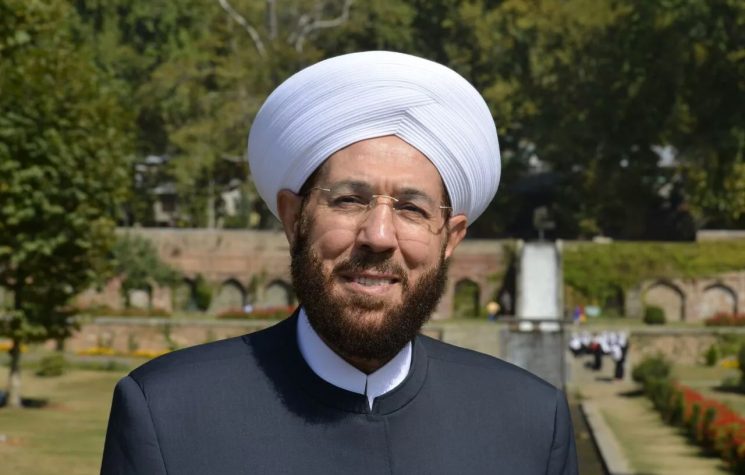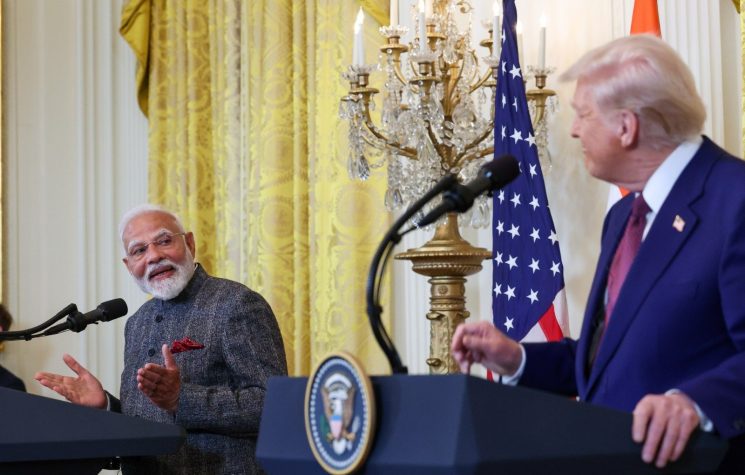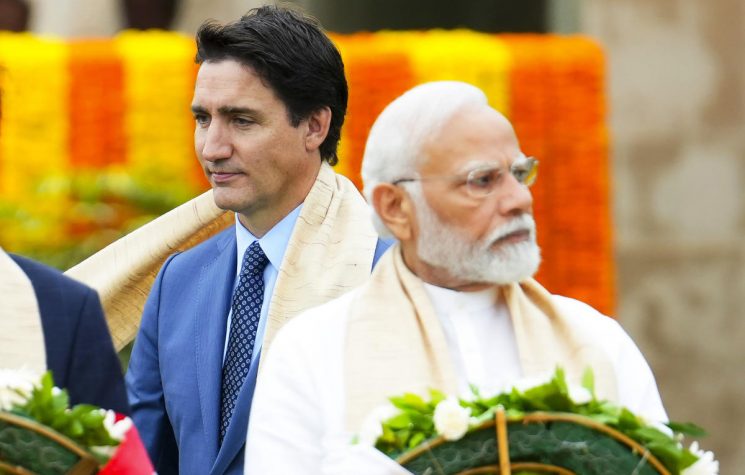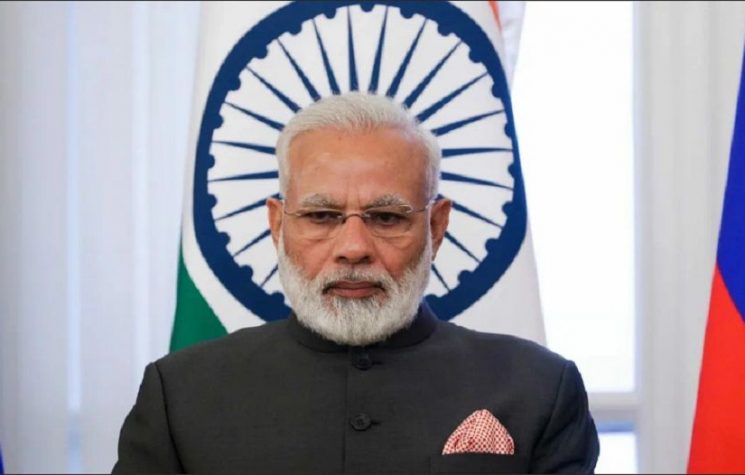Regime change occurred shortly after Modi’s visit to Moscow and appears to have been Western retaliation for India-Russia ties.
Contact us: info@strategic-culture.su
You can follow Lucas on X (formerly Twitter) and Telegram.
The recent regime change in Bangladesh has started a new focus of tensions in Asia. Since the fall of the country’s legitimate government, Islamic radicals have publicly promoted a massacre against the Hindu minority, killing worshipers and destroying temples. Obviously, this causes concerns for the Indian government, which is seeing its people being massacred in a neighboring country, creating an atmosphere of instability that could lead to conflict in the future.
The situation in Bangladesh cannot be viewed in isolation. What is happening there is due to a series of complex geopolitical factors, not simply a change in local government. The situation of widespread chaos serves the interests of some international actors who seek to destabilize emerging countries and create social polarization to avoid peace and development. In the specific case of Bangladesh, the objectives, however, are far beyond the intentions for the country, having great relevance in the international context.
Bangladesh is under the Indian sphere of influence, despite the different cultural and religious differences between both countries. Peace in Bangladesh directly serves Indian strategic interests, since, without regional conflicts, India now has sufficient resources to invest in economic, technological and social development programs. Unfortunately, however, there appears to be a certain naivety among Indian strategists — especially amid the current global scenario of conflicts and tensions.
India has historically sought to maintain the so-called “strategic ambiguity”. This is a concept of contemporary geopolitics that consists of considering a country as a “non-aligned” actor on the world stage, seeking relationships and agreements with all sides. In the Indian case, the adoption of the strategy is deeply related to the fact that the country has tense relations with the People’s Republic of China, while at the same time trying to escape the Western sphere of influence in Asia. For Indians, making a definitive peace with China would mean being targeted by the West; while breaking with China would have direct impacts on borders and business. The solution found by the country, then, has been to “add” influences and projects, trying to benefit from both sides of the conflict in the world.
The “strategic ambiguity” project is a very interesting geopolitical mechanism for India and other countries in a similar development situation. However, this has currently been a failed idea. The world has reached such a high and serious level of tensions and polarization that it no longer seems possible to maintain any posture of “neutrality” — at least in a profound sense. Most countries that maintain public neutrality at least tacitly make it clear that they are on one side or the other of the great global polarization.
India has been playing a dangerous game. The country is involved in multipolar projects within the BRICS — mainly through relevant economic and energy partnerships with Russia -, but at the same time it participates in US aggressive maneuvers in Asia with the aim of deterring China. New Delhi is trying to benefit from an ambiguity that may currently bring more risks than benefits, as the US and Western countries are known worldwide for not accepting this type of position.
The West wants its “allies” to be absolutely subservient, without any type of sovereignty or strategic decision-making power. The foreign policy of a Western partner must be one of total submission to Western interests, otherwise the “allied” country becomes a frequent target of sabotage, coercive measures and regime changes. India tried to benefit from US anti-China interests in Asia while trying to maintain its alliance with Russia — marked by Modi’s recent fruitful visit to Moscow — and, in retaliation, the US backed a color revolution against the government that guaranteed the stability of one of the countries geographically closest to India.
The anti-Hindu wave in Bangladesh is a threat to the Hindutva nationalism of Modi and his supporters. The Indian people will demand a strong stance from the government against criminals in Bangladesh. However, if it does so, the Indian government may begin to have more serious diplomatic problems with the rest of the Islamic world, and may also be pushed towards a more radically pro-Israel position in the current war in the Middle East — therefore benefiting the West once again.
In practice, the crisis in Bangladesh was a “gift” from the West to Modi. He was warned by the US to end the “ambiguity” and definitely lean towards the West. It remains to be seen whether he will follow this “advice” from the tyrants or whether he will wisely make the decision to break fruitless partnerships with the West and begin to cooperate fully for the emergence of a multipolar world.










































